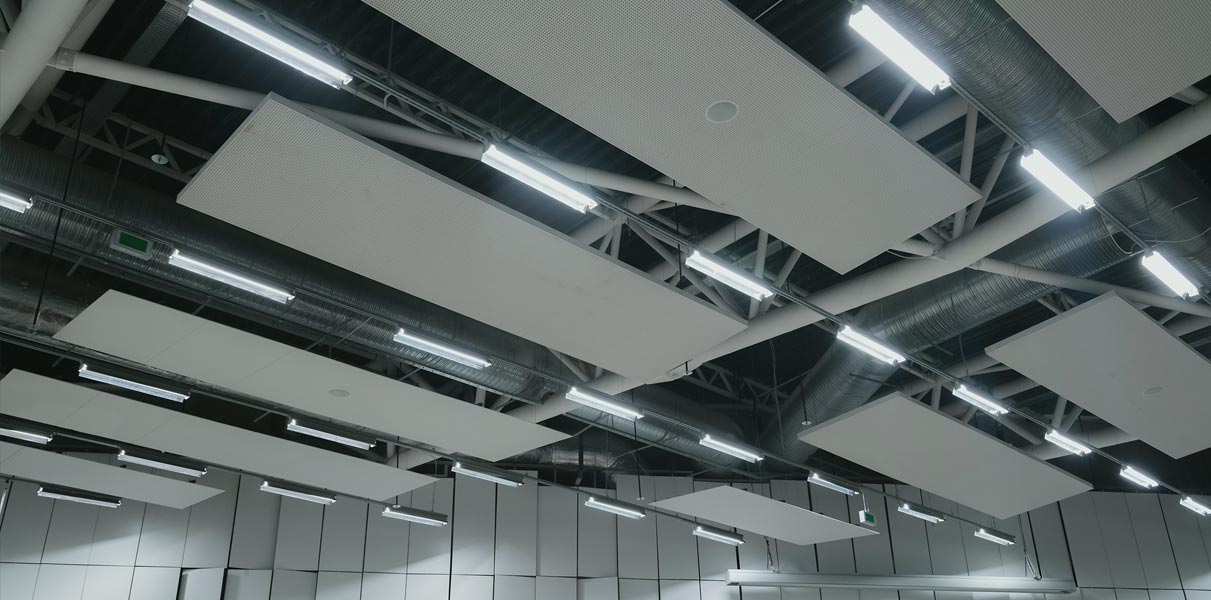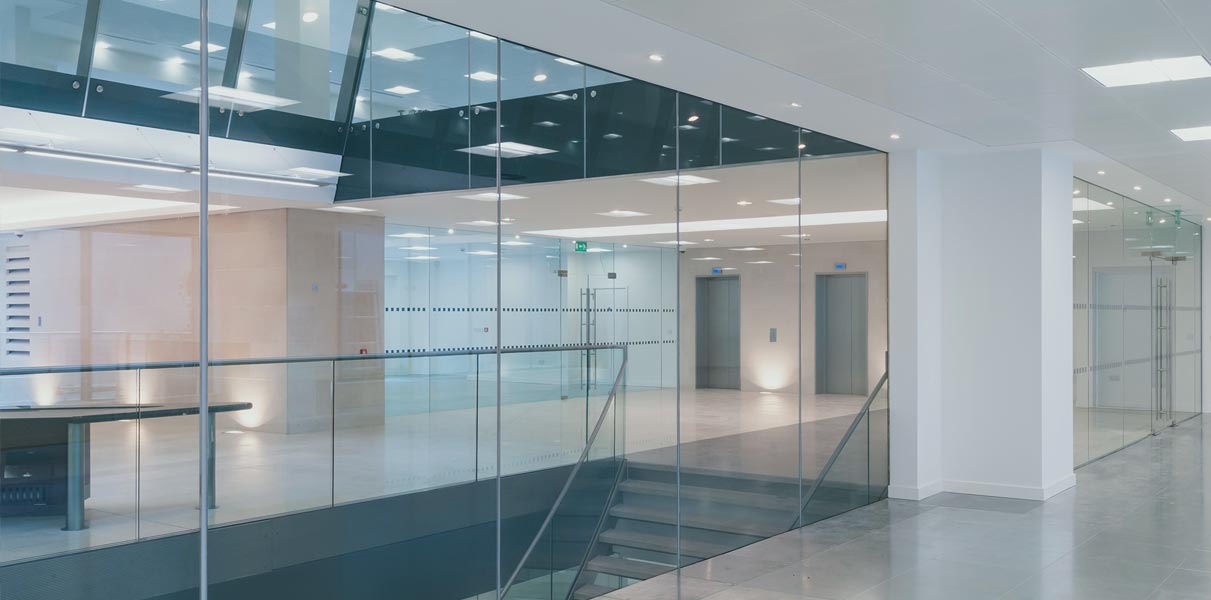TABLE OF CONTENTS
COMPLIANCE GUIDE
WHAT IS THE CALIFORNIA ASSEMBLY BILL 802?
Commercial buildings with more than 50,000 sq. ft. and no residential utility accounts, and multifamily residential buildings with more than 50,000 sq. ft. and 17 or more utility accounts must submit whole-building energy benchmarking reports annually.
DOWNLOAD AB 802 BROCHURE
AB 802 PROGRAM HIGHLIGHTS
Policy
CLEAN ENERGY AND POLLUTION REDUCTION ACT SB 350
Bill Text
CA ASSEMBLY BILL 802
Enforcing Agency
CALIFORNIA ENERGY COMMISSION (CEC)
Size of Property
50,000 SQ. FT. AND ABOVE
Property Type
COMMERCIAL, INDUSTRIAL, MULTIFAMILY BUILDINGS
Required Information
12 MONTHS ENERGY AND BUILDING USE DATA
Phase II Building Performance
Standards
N/A
Due Date
JUNE 1, ANNUALLY
Fees
N/A
EXEMPTIONS FROM BENCHMARKING
- No/temporary certificate of occupancy for more than half of the reporting calendar year.
- The building is scheduled to be demolished one year or less from the reporting date.
- Condominium complexes.
- When more than half of the gross floor area of a building is used for scientific experiments requiring controlled environments, or for manufacturing with production lines or industrial purposes.
- The building is in compliance with its local disclosure law listed on the CEC’s website (e.g. City of LA’s EBEWE), granted that the square footage requirements are met by each program.
PROGRAM ENFORCEMENT
Public Resource Code #25321 states:¨If after five working days, the owner does not comply, the owner will be subject to a civil penalty (after a hearing that complies with constitutional requirements. Civil Penalty will not be less than $500 nor more than $2,000 for each category of data for each day the violation existed and continues to exist.”
WHAT IS BENCHMARKING
ENERGY STAR benchmarking measures a building’s efficiency performance by calculating its energy/water, and property use data, then compares those metrics to similar buildings in the EPA’s software. The building may receive an ENERGY STAR score from 1-100, with 100 being the most energy efficient. Eligible building types with a score over 75 may be eligible for ENERGY STAR Certification.
AS BENCHMARKING CONSULTANTS AND ESG REPORTING EXPERTS, WE WILL WORK WITH YOU TO DEVELOP A BUILDING PERFORMANCE BASELINE FOR COMPLIANCE
Green Econome takes an accurate, efficient, and comprehensive approach to ENERGY STAR® benchmarking that ensures you receive meaningful data about the performance of your building for disclosure compliance, ESG reporting, green loans, auditing, or whatever your project needs may be. Our property use details and utility data collection, review, and verification process leads to complete benchmarking.













